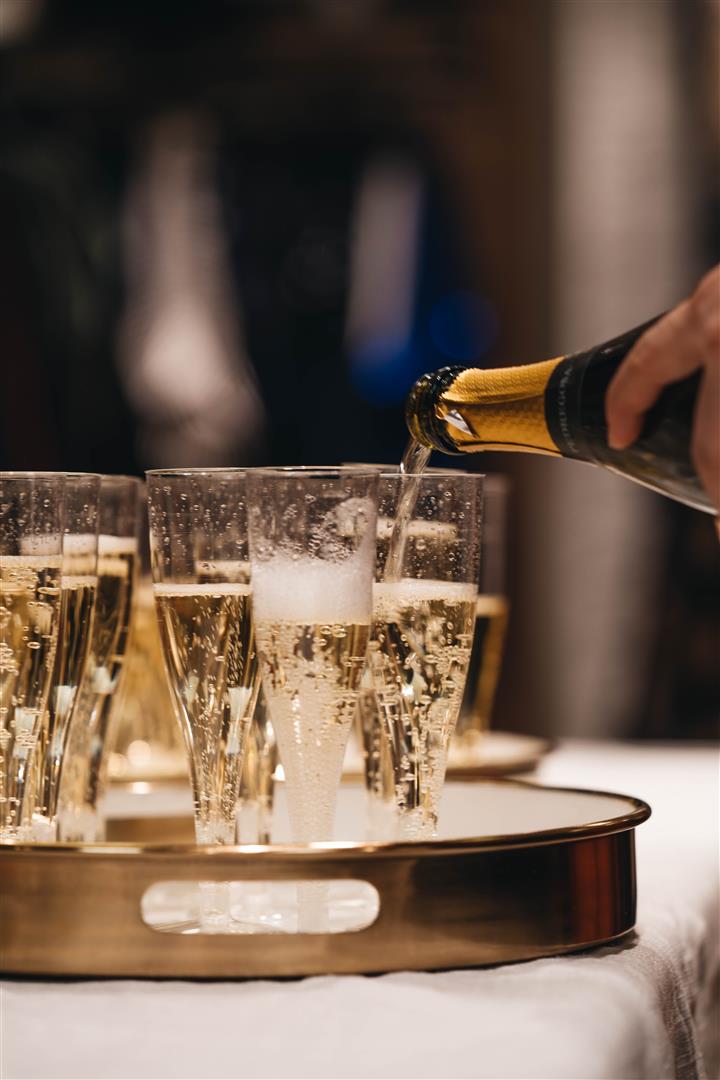GARDEN ROUTE NEWS - At a recent tasting, I was presenting some sparkling wines from the Limoux region of France, a region that produced sparkling wines at least 100 years before wines from the Champagne region were well known.
Towards the end, I commented that if the bottle is not empty, seal it with a sparkling wine stopper and store it in the refrigerator. The response was: “Why bother to seal it? Just put a spoon in the neck.”
I was somewhat surprised. Although I had heard it suggested previously, I did not think anyone took the idea seriously.
The fact is, it’s a myth to say a spoon in an open bottle of sparkling wine keeps it bubbly. You’re better off buying a proper stopper.
Minimising contact between wine and oxygen
From my years researching wine chemistry and wine oxidation, I know minimising contact between wine and oxygen is vital for stopping the onset of oxidative spoilage. Sealing the bottle is essential.
The carbon dioxide in sparkling wine is more soluble in wine at a lower temperature, so storing the wine in the refrigerator is also beneficial. In other words, you’ll retain more bubbles if you stick it in the fridge.
Some even claim the teaspoon must be silver, not stainless steel, although the basis for this seems highly speculative.
Bubble behaviour
It is important to note some of the critical features of sparkling wine bubbles.
In his book Uncorked: The Science of Champagne, champagne researcher Gérard Liger-Belair demonstrated the amount of carbon dioxide lost depends on the way the wine is poured into the glass.
Pouring into a tilted glass retains more carbon dioxide than pouring into a vertical glass. Using bubble imaging techniques, Liger-Belair was able to track the flow of the bubbles in a glass.
He separately showed the bubbles are in fact aerosols (a suspension of fine solid particles or liquid droplets in air) containing aroma compounds that affect the taster’s impression. The release of bubbles even depends on the inside surface of the glass.
 Photo: Alexander Naglestad, Unsplash
Photo: Alexander Naglestad, Unsplash
















